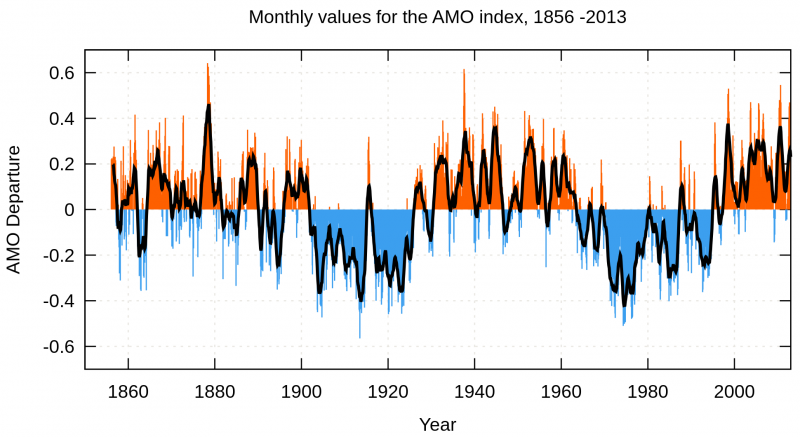Droughts are Determined by the Interaction of 2 Climate Phenomena
Published on by Water Network Research, Official research team of The Water Network in Academic
A piece of collaborative research in which the UPV/EHU participated in has discovered an interaction between two climate phenomena that could be crucial for water, agricultural and forestry planning and for assessing the climate vulnerability of ecosystems when facing unprecedented warming scenarios in the Mediterranean.
The North Atlantic Oscillation (NAO) is a large-scale fluctuation in the atmospheric mass located between the area of subtropical high pressures and the low polar pressure in the North Atlantic basin, and is largely responsible for the periods of drought on the European continent.
Previous studies show that the NAO has a great potential effect on various aspects, from carbon fixing and tree growth to fruit production and forestry pest cycles. However, the connection between long-term forestry productivity and the NAO presented some inconsistencies, such as periods in which climate cycles did not correspond to what was expected in terms of the NAO value.
In their work, the researchers, in fact, show that these inconsistencies may be originated by periodical anomalies in the surface temperatures of the Atlantic Ocean, known as the Atlantic Multi-decadal Oscillation (AMO).
They are ocean phenomena that appear in the North Atlantic and by which ocean temperatures follow a cycle that takes about 70 years in total. These temperature changes in the ocean affect the atmosphere not immediately but with some delay.

Image: Atlantic Multi-decadal Oscillation in the time period of 1856-2013
19th-century data analysed using modern tools
The work in which Asier Herrero, the post-doctoral researcher in the UPV/EHU’s FisioClimaCO2 research group, has participated in is the result of a painstaking line of research that was started over five years ago and which includes data from historical archives, climatology, statistical models and forestry ecology.
“It has been a fascinating piece of work, dusting off archives of the end of the 19th century to get accurate estimates about how the productivity of forests across the Peninsula evolved over the last century and analyse them using 21st-century tools to understand the causes of the climate cycles and their consequences for the productivity of ecosystems,” explained the researchers.
The research integrates data on pine forests in various localities in the Spanish regions of Castilla-La Mancha and in Castilla y León. “These pine forests were the means of livelihood of many rural areas from the 19th century onwards, and that was why a detailed quantification of the available resources, timber, pastures, resin, etc. used to be carried out,” he pointed out.
The problem is that many of the previous pieces of work were based on projections of models and, furthermore, did not take into consideration the interaction between the two climate modes, the NAO and the AMO. Thanks to the existence of this time series, the study shows for the first time that it is the interaction of both climate modes which largely controls the productivity of ecosystems.
Source: Campusa, The University of the Basque Country Magazine
Bibliographic reference:
Jaime Madrigal-González, Juan A. Ballesteros-Cánovas, Asier Herrero, Paloma Ruiz-Benito, Markus Stoffel, Manuel E. Lucas-Borja, Enrique Andivia, Cesar Sancho-García & Miguel A. ZavalaForest productivity in southwestern Europe is controlled by coupled North Atlantic and Atlantic Multidecadal oscillationsNature Communications, 2017
DOI: 10.1038/s41467-017-02319-0
Media
Taxonomy
- Research
- Ecosystem Management
- Ecosystem Management
- Drought
- Climate Change
- Climate Change Adaptation
- Climate